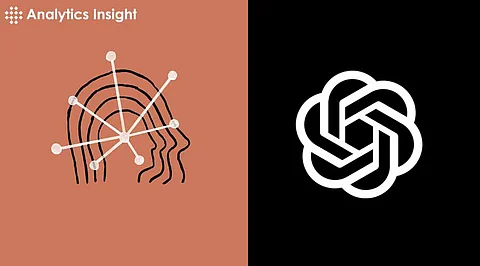

The competition between OpenAI and Anthropic is heating up as both companies strive to become the leading AI providers. With advancements in AI models, both firms aim to push the limits of artificial intelligence. OpenAI, backed by Microsoft, and Anthropic, supported by Amazon, have taken different strategic paths to establish leadership.
This rivalry is not only reshaping AI technology but also attracting developers and consumers eager to use cutting-edge solutions. But which AI provider is setting the benchmark for the future of artificial intelligence?
OpenAI has gained recognition for developing versatile AI models like GPT-4. While its AI tools support coding to some extent, OpenAI has recently emphasized consumer-friendly features. New offerings include voice interaction capabilities in AI, expanding its appeal beyond the developer community.
With these consumer-facing enhancements, OpenAI aims to make artificial intelligence more accessible and functional in everyday applications. However, its coding capabilities are now facing scrutiny, especially in comparison to Anthropic’s superior performance in internal benchmarks.
Anthropic has taken a distinct approach by targeting the niche of developers and coders. Its Claude Sonnet 3.5 model, launched in June, focuses on code generation and editing tasks. Designed with advanced coding support, it can help developers migrate between different frameworks and modernize legacy applications.
In its latest release, Anthropic introduced new AI models capable of performing autonomous coding tasks, demonstrating a clear advantage in this area. In a demo, the updated Sonnet model built a functional website independently, further proving its coding prowess. Anthropic’s emphasis on developer tools positions it as a key player among AI providers.
Reports suggest that OpenAI’s internal evaluations found Anthropic’s AI models to be better at handling coding tasks. This discovery has pushed OpenAI to improve its coding assistants, feeling pressure from its rival.
Anthropic’s focus on coding capabilities has given it a lead in areas like code migration and autonomous task performance. On the other hand, OpenAI’s strategy of investing in consumer-centric features may widen its market reach but could limit its appeal among professional developers.
This competitive tension between OpenAI and Anthropic reflects the broader challenge faced by AI providers: balancing innovation for developers with tools that appeal to non-technical users. The diverse approaches taken by these companies illustrate their distinct visions for the future of artificial intelligence.
OpenAI and Anthropic are respectively supported by deep-pocketed companies, Microsoft and Amazon. As such, they both can move forward very fast. The two firms are being watched attentively by developers and businesses due to their crucial involvement in the landscape of AI models.
According to OpenAI, the coding improvements are likely to come out in the fourth quarter, but Anthropic has remained consistent with its focus on coding, and this might be its strength. As the race intensifies between the two AI providers, the strategies that these companies opt for will determine how artificial intelligence evolves in consumer and enterprise spheres alike.
A new dynamic of competition between OpenAI and Anthropic is pretty complex, especially as far as the AI space is concerned. Where OpenAI is focusing on consumer-friendly innovations, Anthropic excels more on developer-centric solutions. In simple terms, these two rival companies symbolize the two different faces of the future of AI: one dominating wide accessibility, and the other advances in code generation.
The competition therefore grows, but there's still a matter of development of artificial intelligence which depends upon how these AI providers balance between their priorities and vie for the needs of developers and consumers at large.
